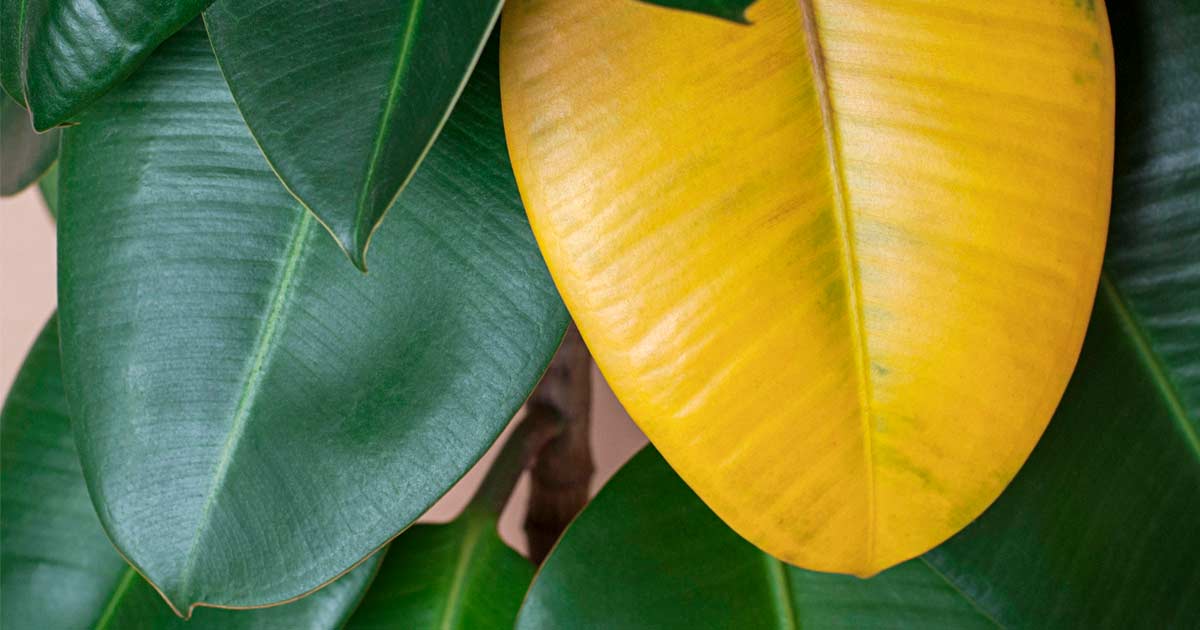
Yellowing of the leaves is a problem faced by many growers. It not only spoils the appearance of indoor plants but can also be a symptom of a severe illness. Here we will provide some of the ideas to get rid of yellowness from indoor plant leaves.
Reasons for the Appearance
To successfully deal with the problem, you first need to determine the cause of the yellowing:
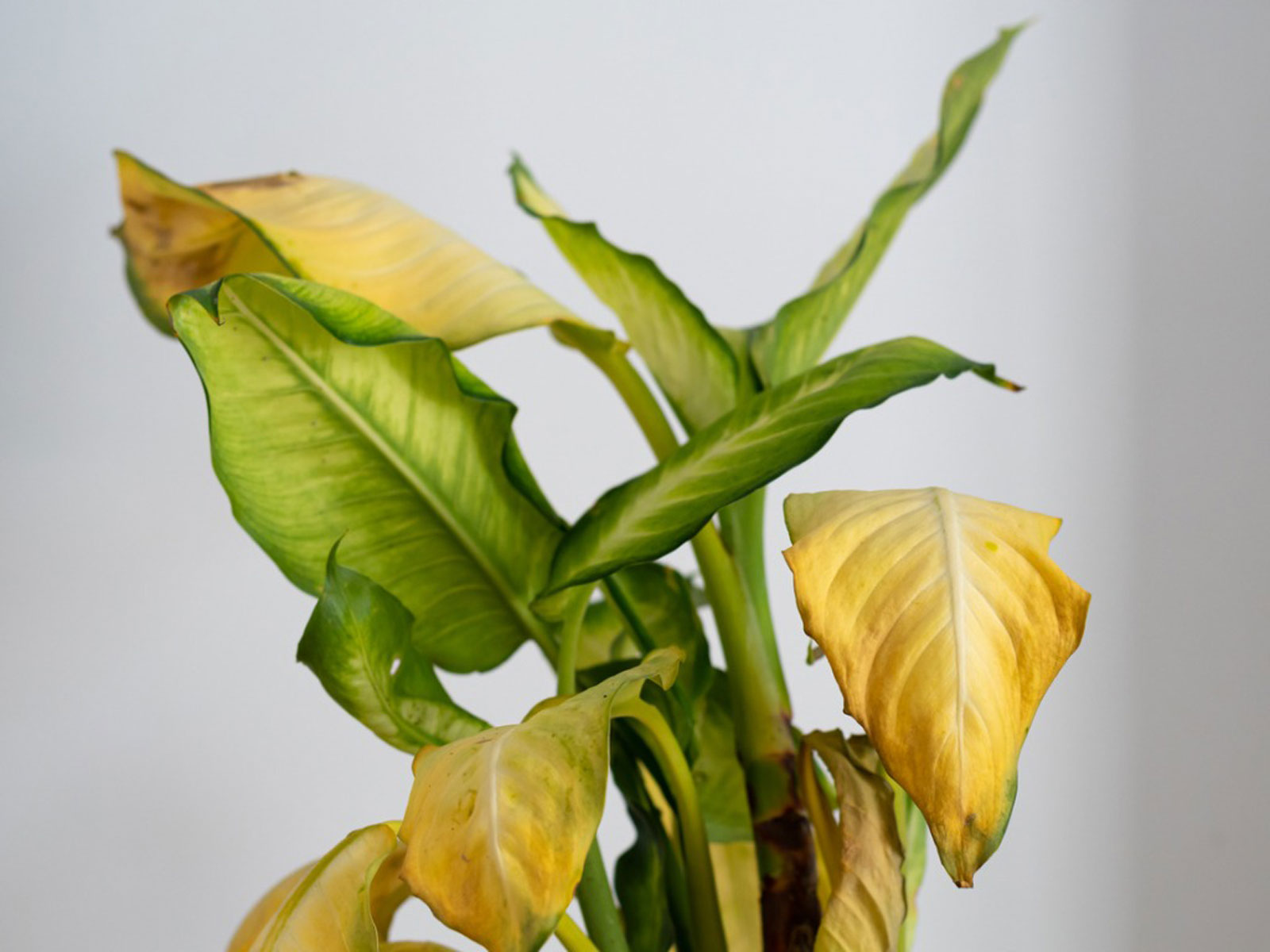
- Natural change. In many indoor plants, nature has laid down the disposal of old or extra leaves: for example, when the foliage of a rose, hibiscus, ficus dies, a new one appears in its place.
- Excess calcium. In this case, the foliage turns yellow but remains elastic and sits firmly on the branch.
- Lack of nutrients. You can not fertilize for a long time, its composition has become impoverished, and the plant has nothing to eat. Or the root system is just cramped in a small planter.
- Draft. An indoor flower can also “blow” from a window or air conditioner – then it begins to shed yellowed leaves in large quantities.
- Sunlight problems. Perhaps the pot with a particular flower is simply in a too dark corner or too light and suffers from burns.
- Dry air. The first symptom of low humidity is that the tips begin to turn yellow.
- Overflowing. When the roots of an unsuitable plant for this plant are constantly in the water, rot and other diseases develop, leading to yellowness and the death of a green pet.
- Temperature drops. It often occurs when a flower touches the cold glass of a window with leaves in winter.
- Pests. Tiny insects, such as spider mites or scale insects, literally suck all the plant juices and lose their color.
- Diseases. These include infectious, viral, or fungal infections.
How to Get Rid of Yellowing?
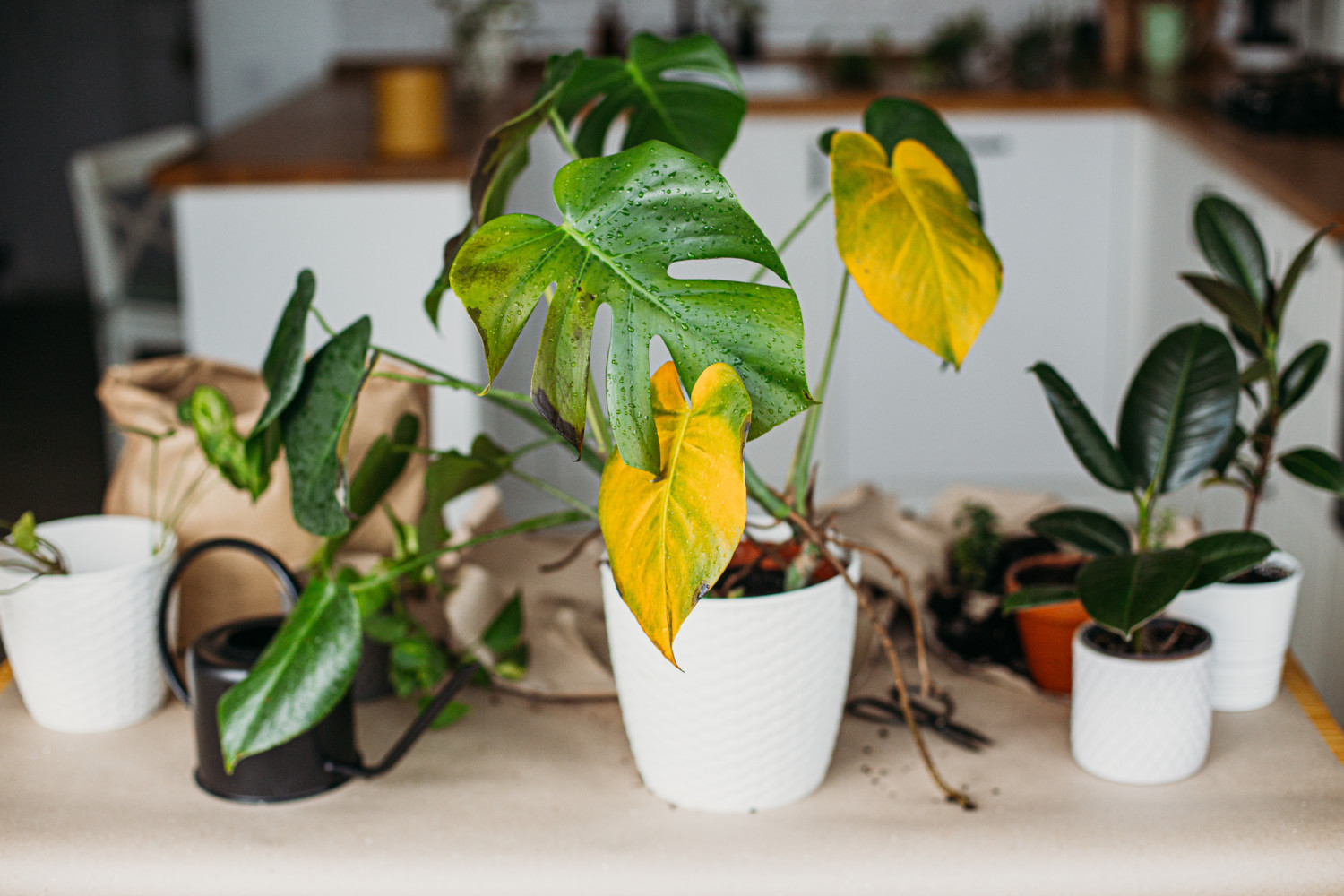
So, if the leaves of indoor plants turn yellow, first of all, find the reason. The detention conditions did not change (they did not depend on the heating, the house did not get colder, you did not rearrange the pot), but the leaves began to fall?
Most likely, this is seasonal yellowing, and there is no need to fight it. But just in case, check the leaves and stems for the presence of eaters:
- The aphids are visible from the underside.
- The mite’s web is in the internodes.
- The sheath is almost over the entire surface.
Midges and slugs can live in the ground – if the soil is a garden or greenhouse, you must treat it with special preparations.
To find other less apparent reasons compare the conditions in your home with the description of the needs of a houseplant from a book or the Internet:
- Is there sufficient lighting?
- Does the flower not suffer from a lack or excess of moisture?
- Isn’t it time to start feeding or transplanting?
- What kind of water to use for irrigation?
- Is the composition of the soil correct?
- Does the pot have drainage holes or a drainage layer?
When the exact cause of the yellowness you find, we proceed to eliminate it.
Problems such as waterlogging or low humidity are solved by neutralizing stagnant water, drying out the earthy clod, and the usual spraying or installing a humidifier. If the flower is in the wrong place, it is enough to rearrange it in the shade or provide additional lighting with a photo lamp. But you will have to tinker with sick house plants.
Home Remedies
Lack of Micronutrients
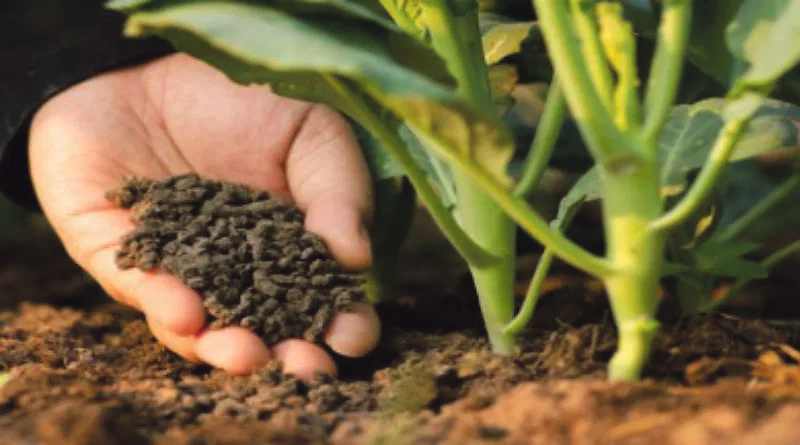
We can treat some types of chlorosis without purchased drugs: for example, with a calcium deficiency (the plant has stopped growing, leaves and buds fall off), the eggshell is crushed and mixed into the soil. The amount of magnesium (the lower leaves turn yellow) is regulated by wood ash. With a lack of iron (it starts to turn yellow from the top), you can dig rusty nails into the ground.
Experts believe that folk remedies are ineffective, and it is better to choose specially purchased products to combat chlorosis.
Pests
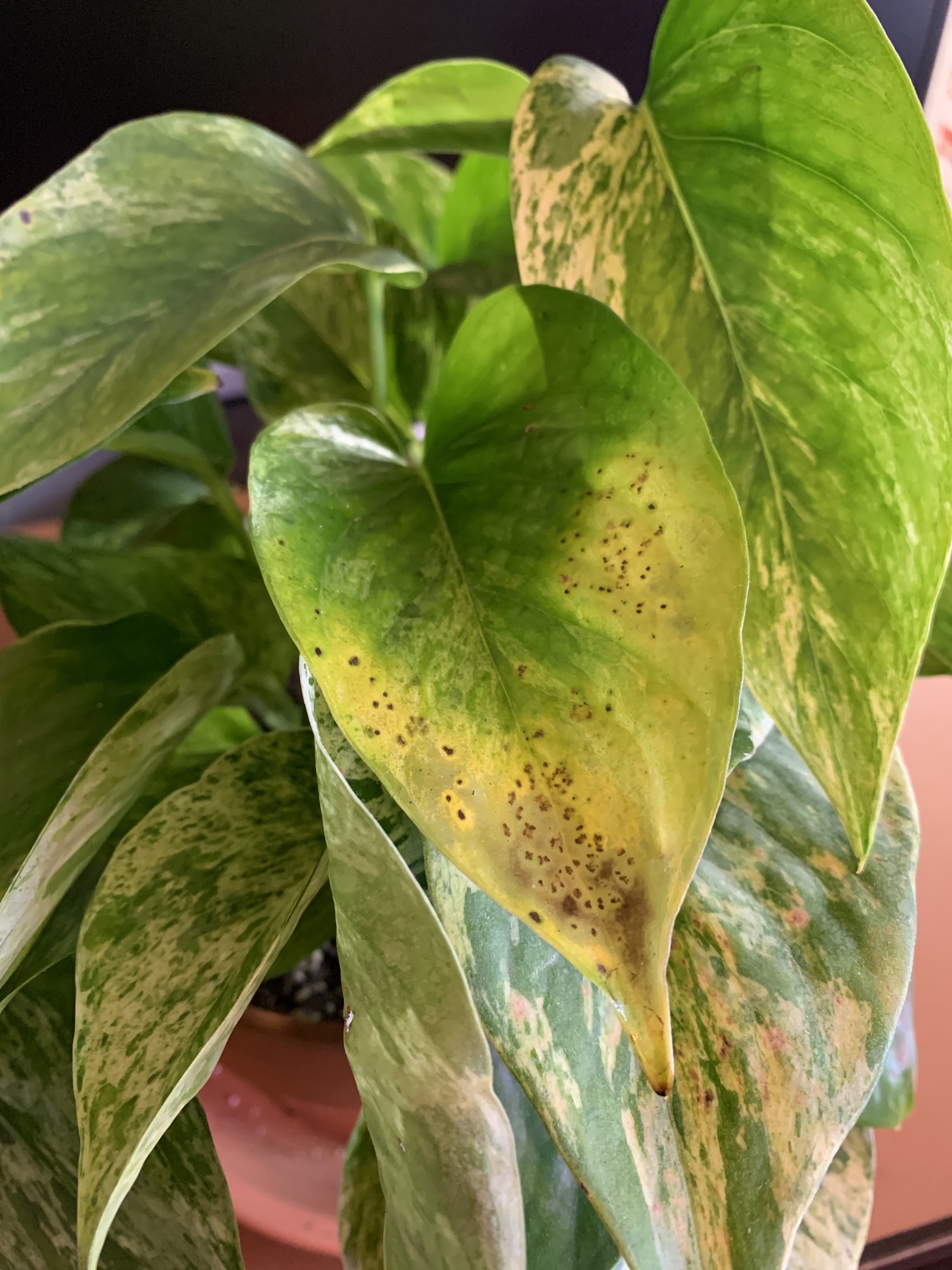
First of all, the affected indoor flower is rearranged away from others: insulation will help protect green neighbors. In most cases, saving your favorite plants is realistic – the main thing is not to delay the beginning of the process.
What exactly to cultivate the land or shoots, it depends on the creature that feeds on the juices of the plant:
- Aphids. An ordinary medium-sized onion is chopped in a blender or grated with a liter of water and infused for 12-24 hours. Then the diseased specimen is thoroughly sprayed daily for 7-10 days.
- Midge. Their appearance is easiest to detect: midges begin to circle over the pot. Proper disposal involves killing flying adults and the larvae (they live in the ground). It is recommended to sprinkle the top layer of soil with ground black pepper or spread the zest of any citrus fruit on it. Over time, the pests will die.
- Shield. Since these insects are protected by armor, getting rid of them is the most difficult. Alternatively, you can remove visible individuals by hand and then treat the stems and leaves with a weak acetic acid solution. Or dilute 1 tbsp in 1 liter of water. Liquid soap and medical alcohol beat into a lather and apply the solution to the habitat.
- Spider mite. Soap also negatively affects these small eaters: take any sponge, lather, lather – wipe the entire plant from the ground to the top of the head. Alternatively, dilute a robust soapy solution and spray the flower.
Important! To increase the effectiveness of the above means, after processing, cover the plant with a film (you can put a bag on top). Not a single parasite likes wet “tropical” conditions, and the method works flawlessly. After 12-24 hours, remove the bag and rinse the crown with a solid hot (~ 40C) water pressure.
Diseases
When the leaf blades, roots, or stems are infected with fungus, soapy water will not help. But you can use:
- Potassium permanganate. An excellent disinfectant used when preparing healthy plants for planting or treatment when the roots are attacked by rot. The latter is caused by excess water and lack of drainage.
- Soda. 35 g of baking soda per 10 liters of water – a solution for combating powdery mildew or fungal infections is ready!
- Hydrogen peroxide. Another disinfectant that works like potassium permanganate: treats fungus rotting.
Important! When a threat to health appears – spots on the leaves, rot, fungi – plant care begins with removing the affected areas. If the disease starts from the root, the flower will need to be transplanted after removing the affected roots and treating the remaining with a weak solution of manganese, peroxide.
Professional Remedies
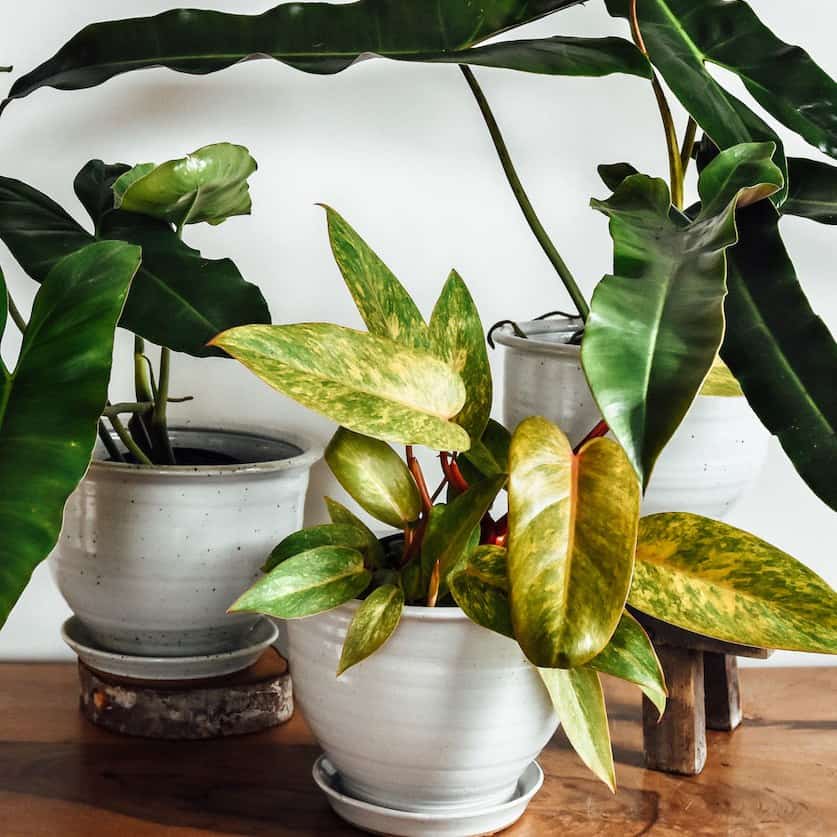
The more the leaves turn yellow, the faster it is necessary to decide which fertilizer or fungicide requires treatment.
Lack of Minerals
Adequate nutrition is the key to the health of all living things. Plants are no exception. We can use fertilizers for an individual substance like succinic acid, iron chelate, boric acid, chlorella, potassium, etc. Or regularly add complex additives. Complexes are for all types of home flowers or individual ones – ficuses, orchids, citrus fruits.
Important! In winter, the plants are dormant and do not need feeding. Fertilization begins in February and ends in October-November.
Pests
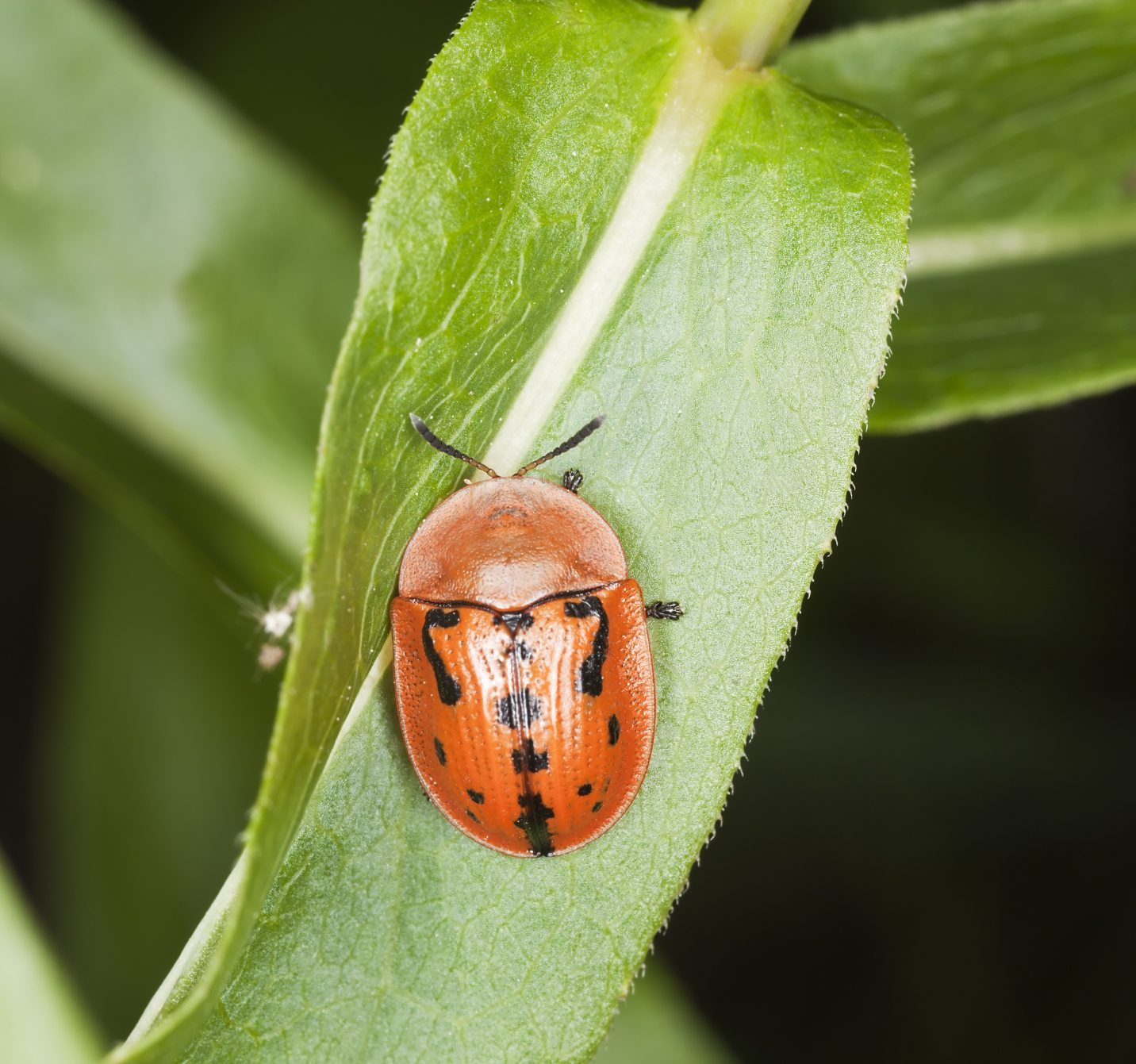
When working with professional insecticides, it is crucial to observe the frequency of spraying or watering and breeding proportion.
One of the most effective remedies is Aktara. It contributes to the quick disposal of most harmful insects, starts treatment with it.
- Aphids. When foliage falls off from small green parasites, use BI-58, BioExpert, green soap, ExtraFlor. In general, aphids are killed by almost any insect repellent.
- Midge. ExtraFlor (from midges), Mukhoed, Thunder-2 will help to defeat visible and invisible individuals.
- Shield. It is most effective to water with Actara; BioExpert, BI-58, Doctor, 30 plus will also do.
- Spider mite. The control mode is the same as in the case of aphids – almost any insecticide (BioExpert, green soap). The best option for the home is the Sunmite acaricide, explicitly created to combat ticks at any stage of growth.
Diseases
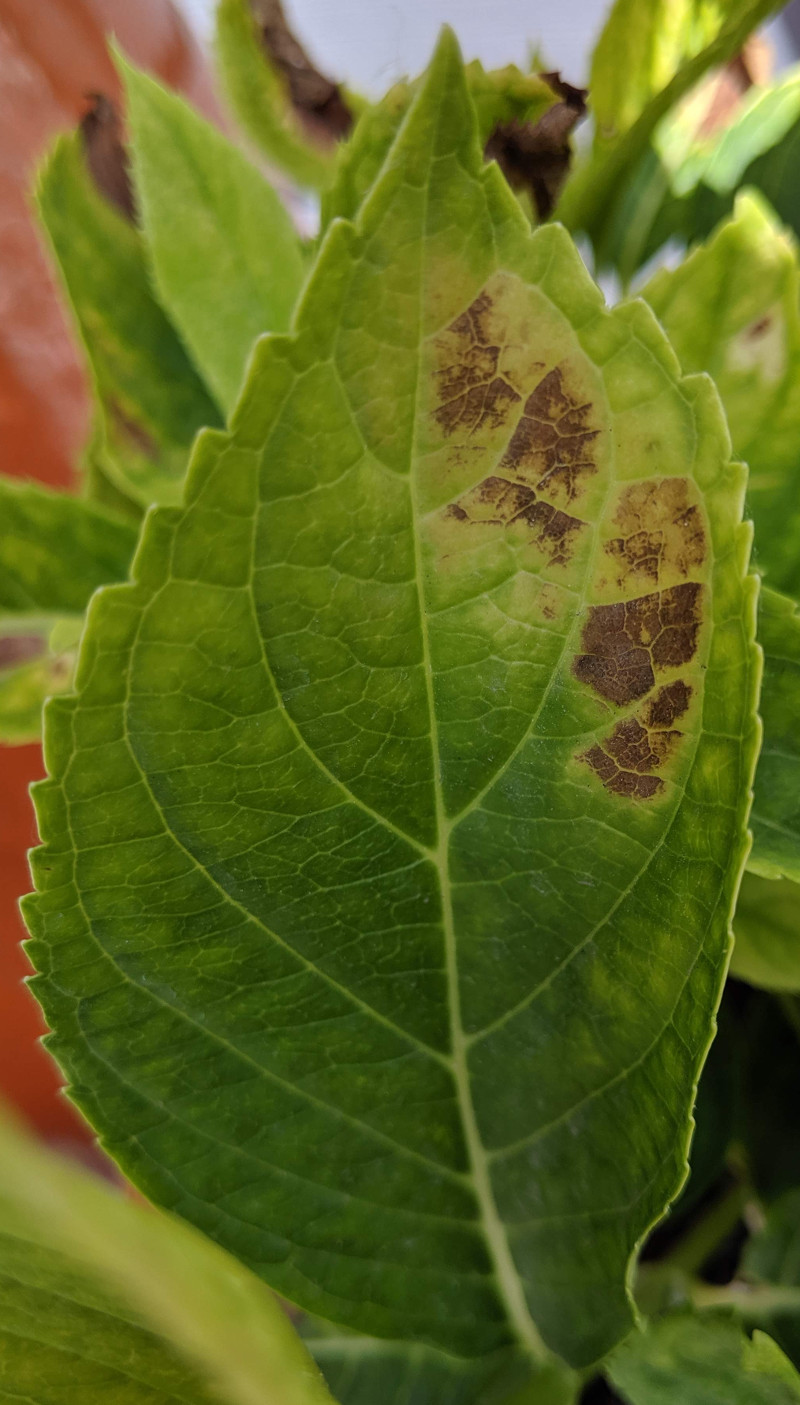
By timely starting the application of a suitable medicine, you can save even a neglected flower:
- Rot. Remove affected roots, spray with Zuparen.
- Powdery mildew. Fitosporin-M will help to restore a healthy state.
- Rust. It is a fungus, so any fungicide is needed.
- Fungus in the ground. Try glyocladin.
- Bacteriosis. Sporobacterin will help.
Important! As with folk remedies, first, remove the affected areas.
Prevention of Yellowness
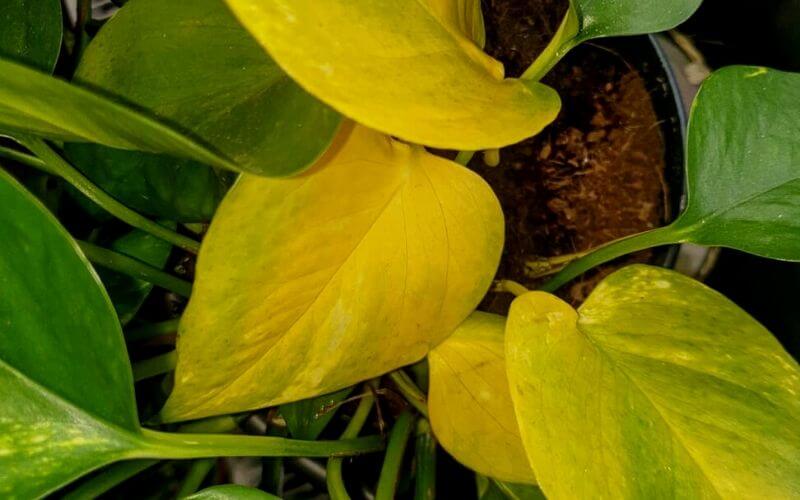
Taking good care of green people is much easier than treating the consequences of mistakes. To avoid yellowing, follow these general tips:
- Irrigation is the most problematic: permanently settle for water and preferably use melt or rainwater. We should only water most plants after the topsoil has dried.
- Few cultivars love the scorching sun: protect flowers from direct sunlight.
- Rarely does a plant (other than a cactus, succulent) dislike moisture. Take care of sufficient air humidity.
- Fertilize regularly during active growth and flowering (usually from spring to autumn, once every 7-10 days).
- Check flowers for pests at least 1-2 times a month.
Yellowing of the leaves is more likely not a cause but a consequence of improper care or plant disease. It will pass as soon as you get rid of the source of the problem.






